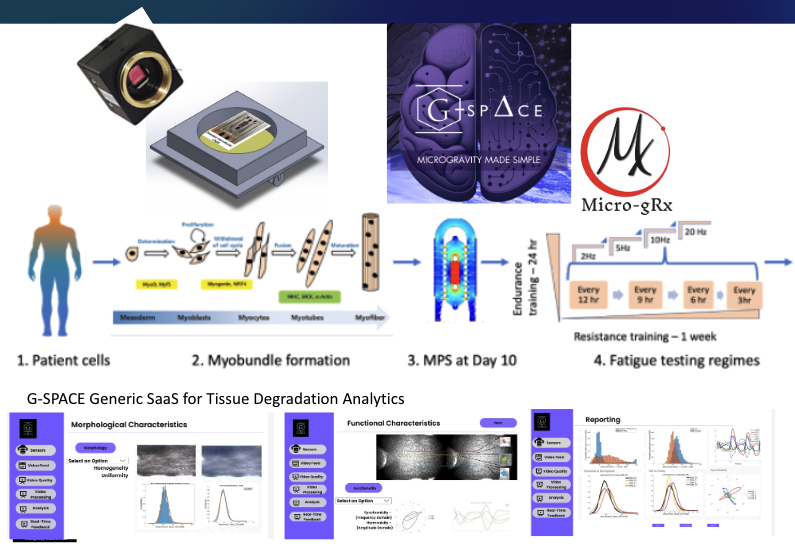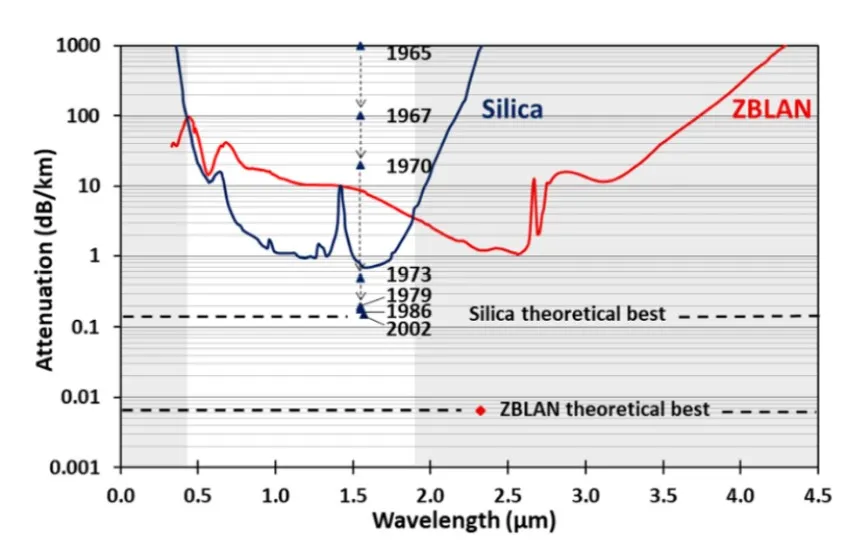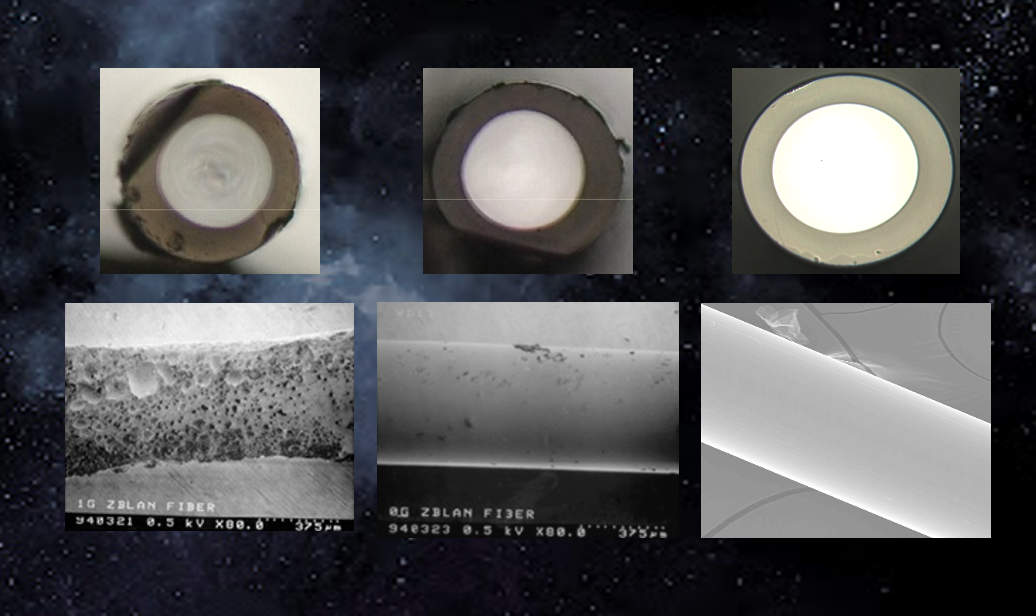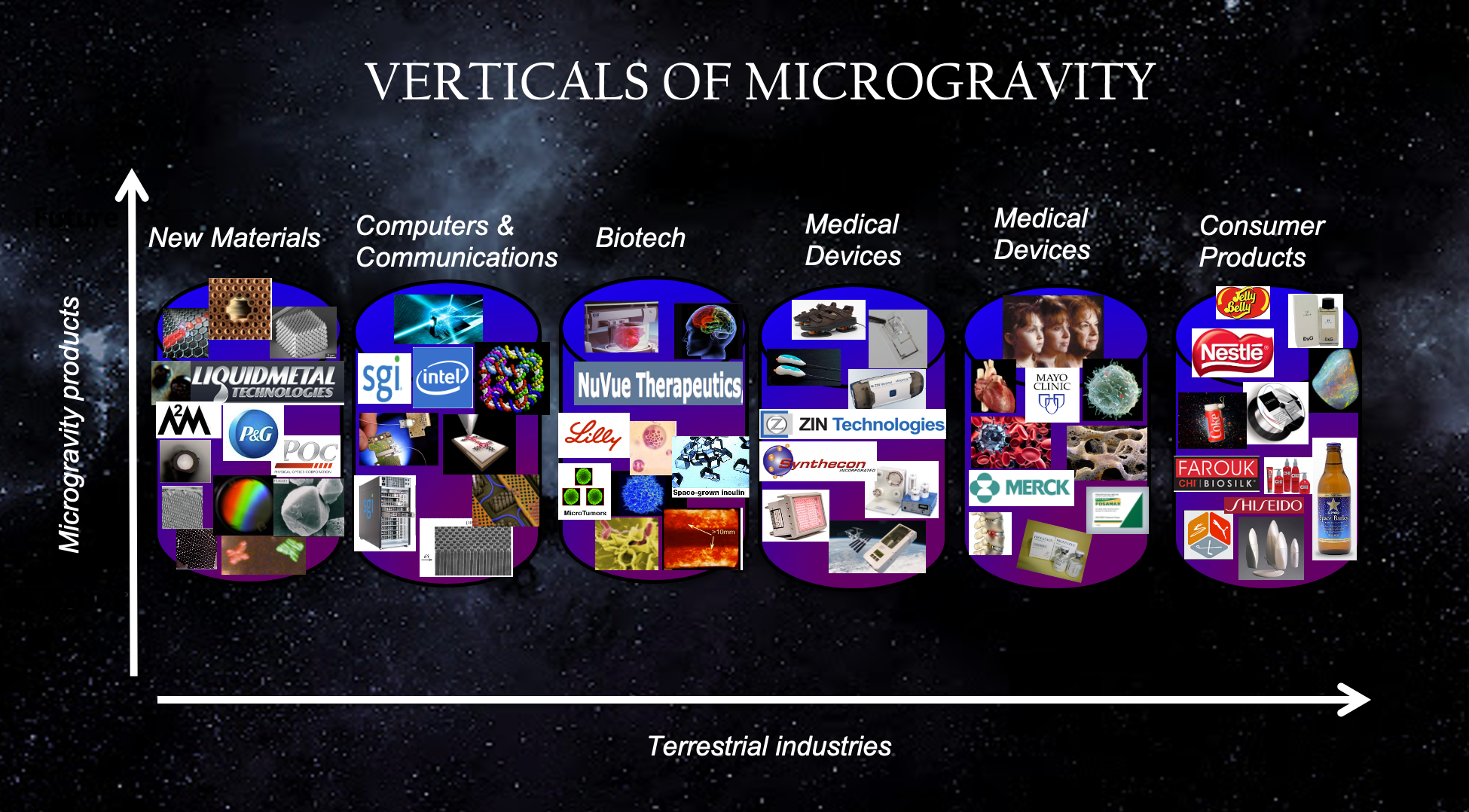· Ioana Cozmuta, Siobhan Malany, Remus Osan, Brian Motil · Papers · 2 min read
AI/ML Powered Commercial Grade Human Performance System Enabling Standardized Space Biotech Research and Development
Tissue-on-chip (TOC) platforms, which simulate human biology on a microscale, are transforming drug discovery

Abstract
Tissue-on-chip (TOC) platforms, which simulate human biology on a microscale, are transforming drug discovery by providing novel ways to model diseases, particularly those associated with aging. In the microgravity environment of space, TOC platforms can mimic disease states more accurately, offering deeper insights into muscle atrophy and countermeasure effectiveness.
A human muscle-on-chip developed by Micro-gRx in collaboration with the University of Florida, was created using biopsy cells from adult volunteers, formed into 3D myobundles within a microfluidic chip. This chip was integrated into an autonomous CubeLab™ and sent to the International Space Station (ISS) where it underwent electrical stimulation and real-time imaging to assess skeletal muscle biomechanics in microgravity. Multiple spaceflights and corresponding ground-based tests have produced a large dataset of images and videos. However, analyzing this data to link it to key biomechanical outcomes—and identifying specific parameters for insights into muscle degradation—has been cumbersome and unclear. To solve this, Micro-gRx and the University of Florida partnered with G-SPACE, leveraging its computer vision (CV) and machine learning (ML) algorithms and tools to test and validate a muscle degradation model through a streamlined analytic tool.
G-SPACE’s solution automates the extraction of essential biomechanical parameters from these datasets, with the ability to calculate Delta-to-Gravity™ (TM) to compare and quantify microgravity and terrestrial performance, while also evaluating related statistics. This innovation is crucial for meeting FDA certification requirements, offering a standardized approach to evaluating muscle degradation and the efficacy of drugs and treatments. As data from the muscle MPS system grows, the integration of physics-based models with ML techniques will transition this process into monitor real-time biomechanical changes in the muscle MPS unit and their environmental dependencies, transforming this process into a platform with powerful predictive capabilities.
The outcomes of this work will underpin the creation of a commercial grade human performance system enabling standardized space biotech R&D. This platform will meet the operational, scientific, and technical specifications set by NIH-NCATS TOC/OOAC, provide a standardized platform to evaluate muscle MPS degradation, contribute to the FDA approval process for new drug therapies, and offer real-time analysis for experimental tests.





